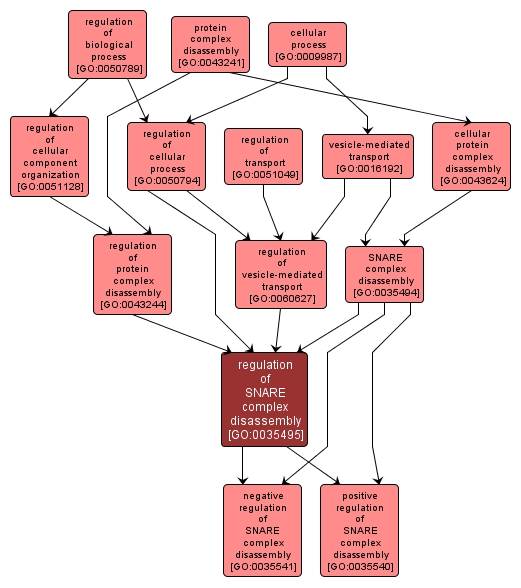| Desc: |
Any process that modulates the frequency, rate or extent of disassembly of the SNARE complex. The SNARE complex is a protein complex involved in membrane fusion; a stable ternary complex consisting of a four-helix bundle, usually formed from one R-SNARE and three Q-SNAREs with an ionic layer sandwiched between hydrophobic layers. |














